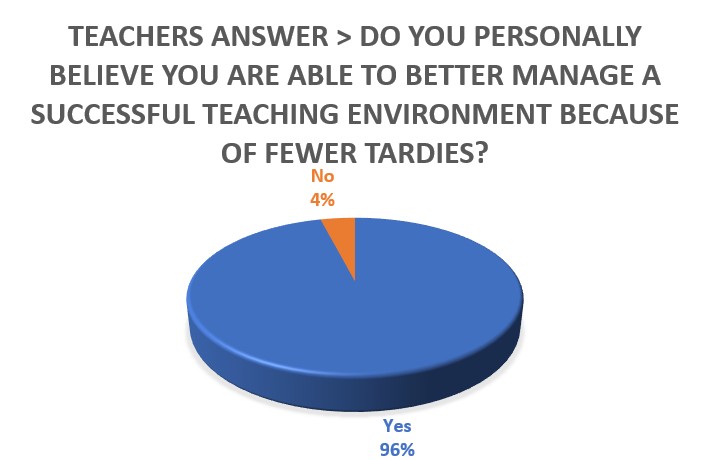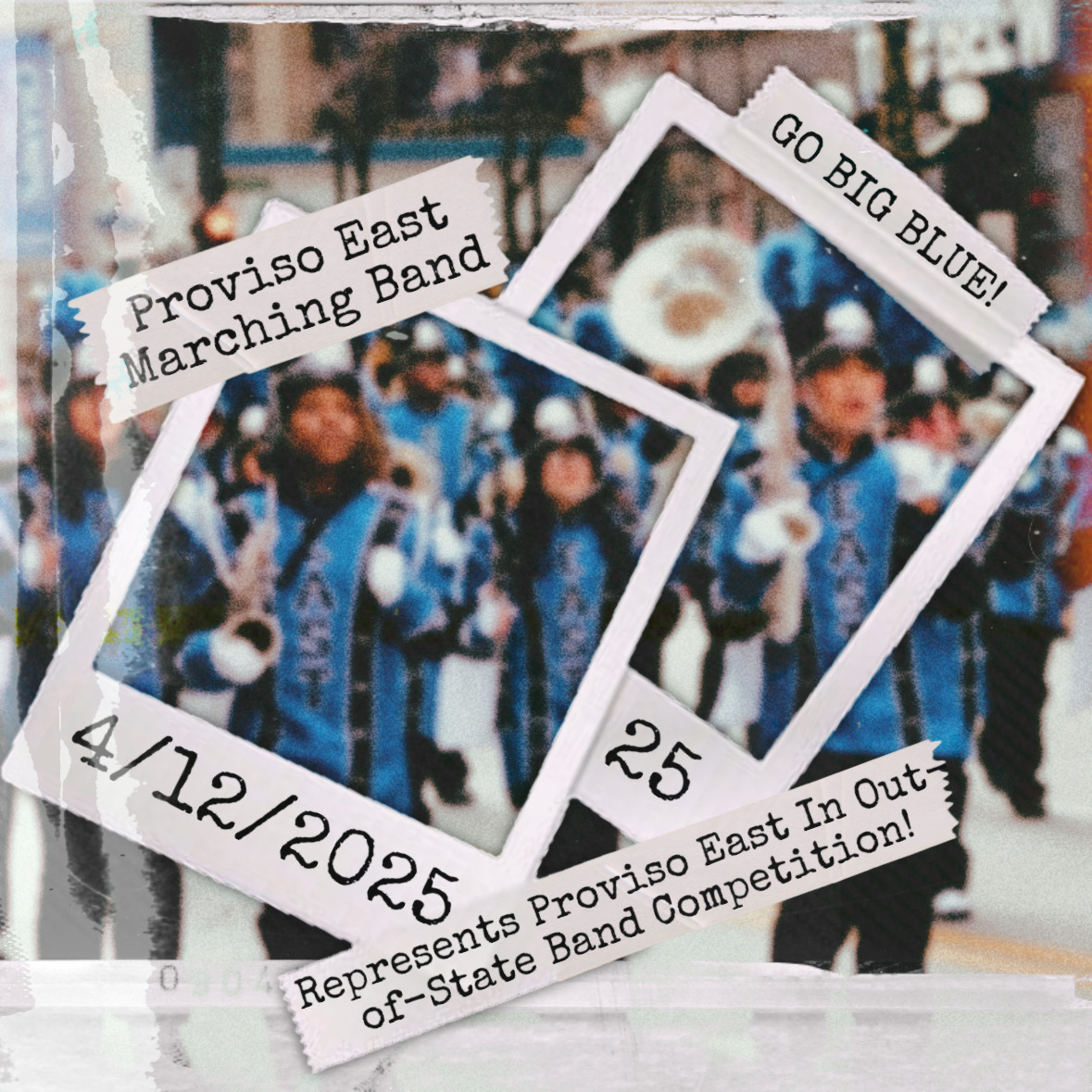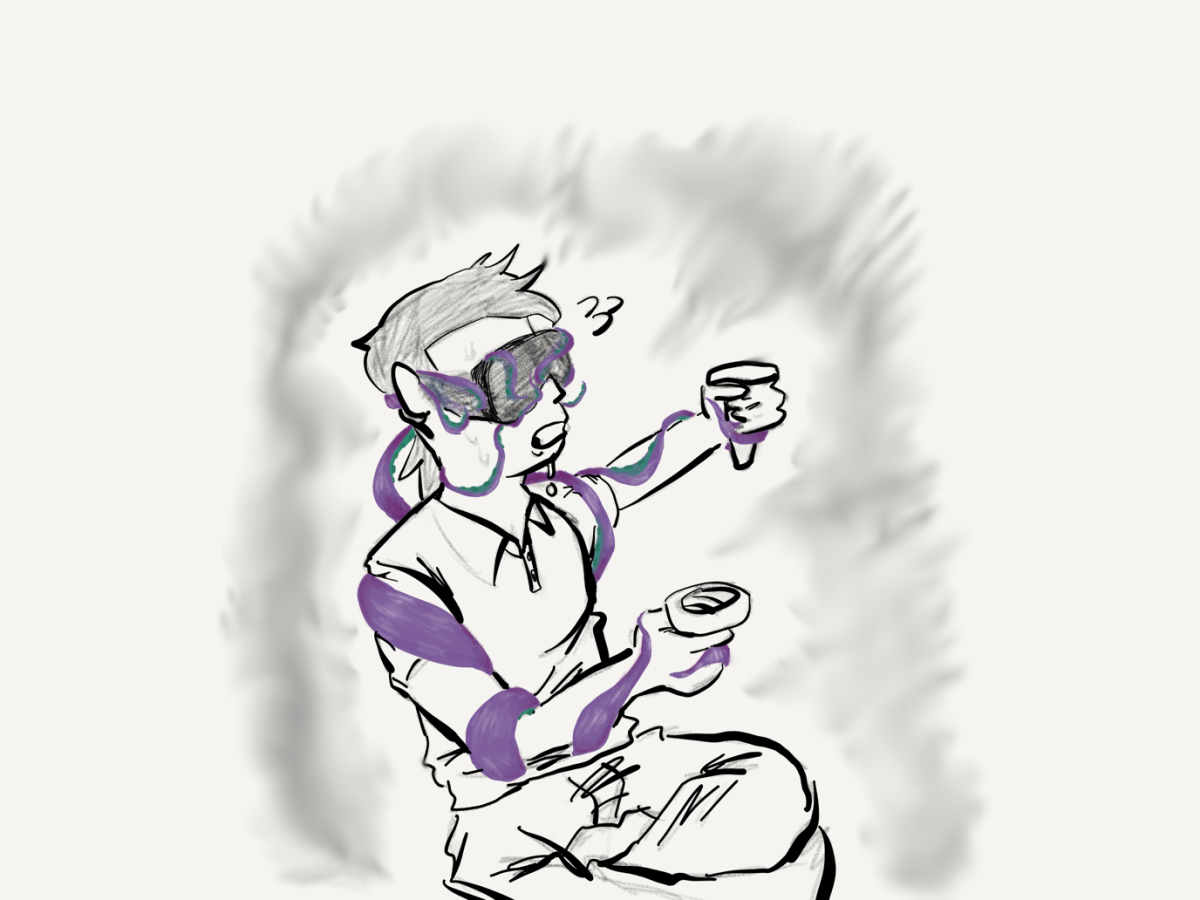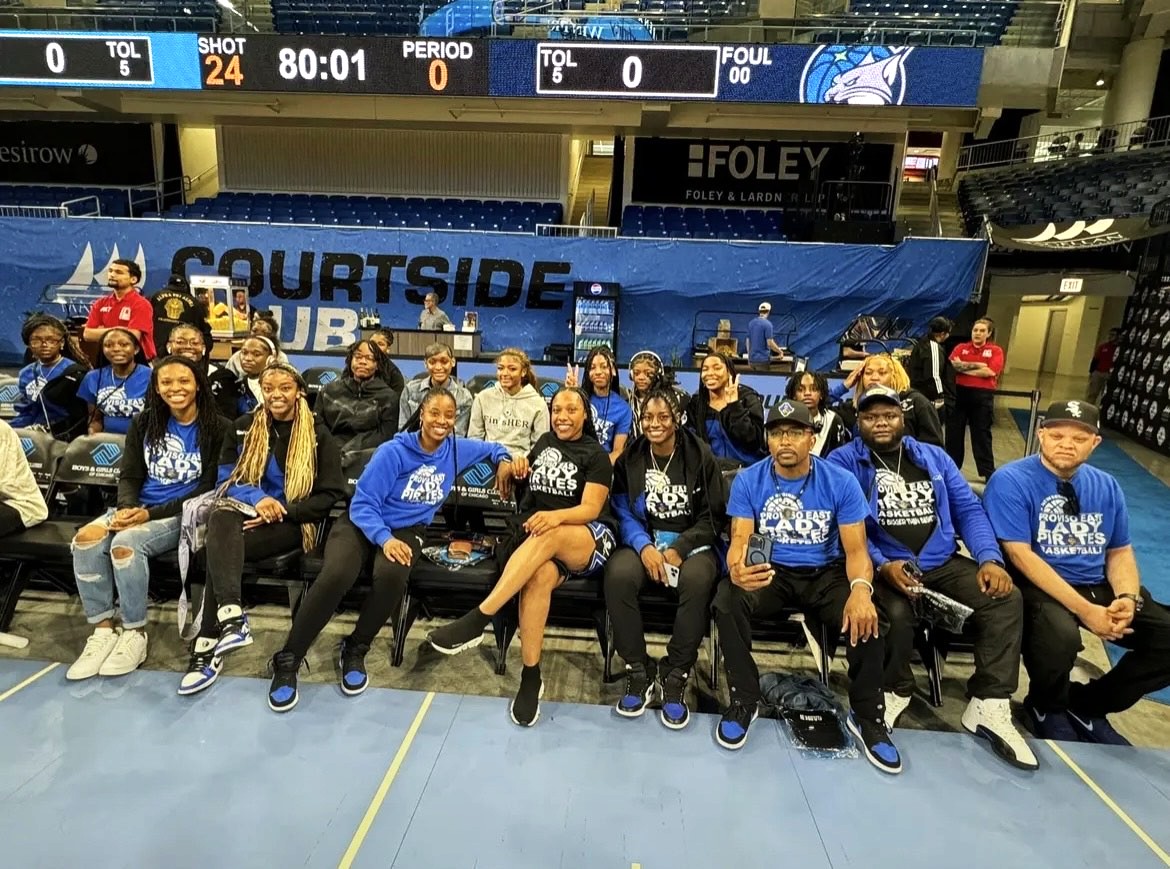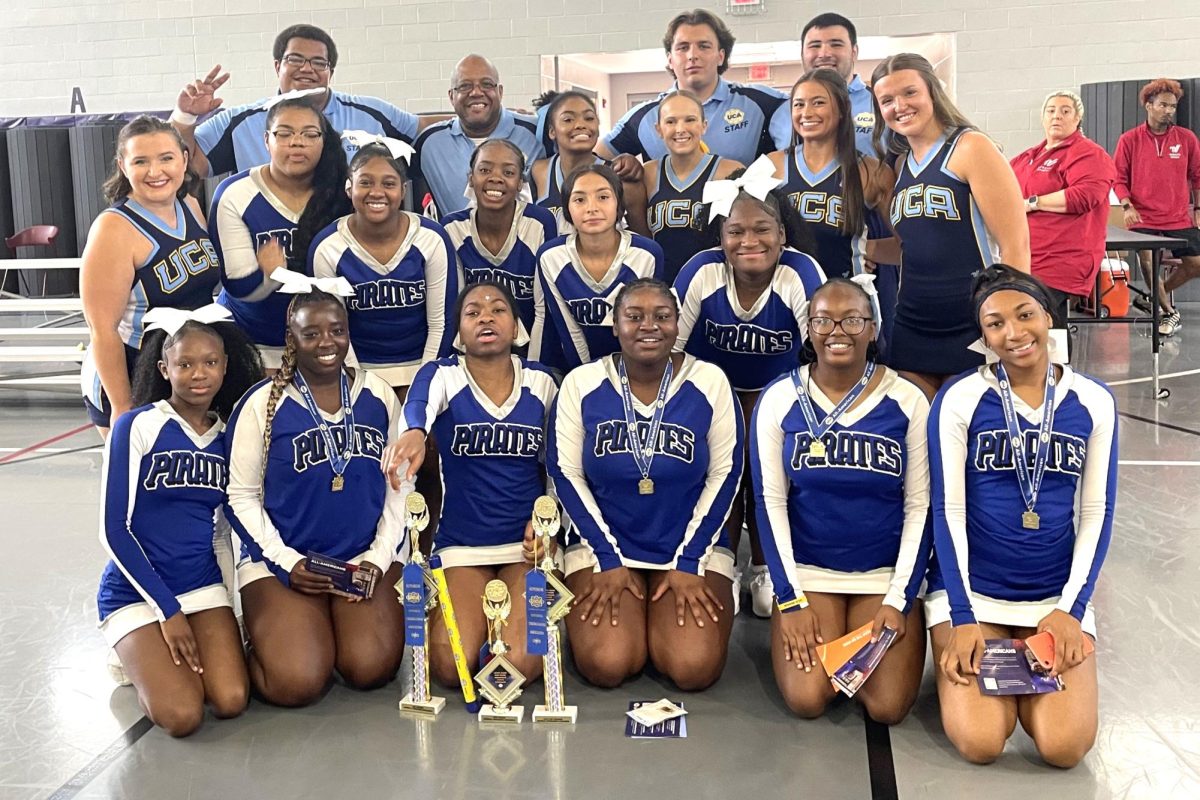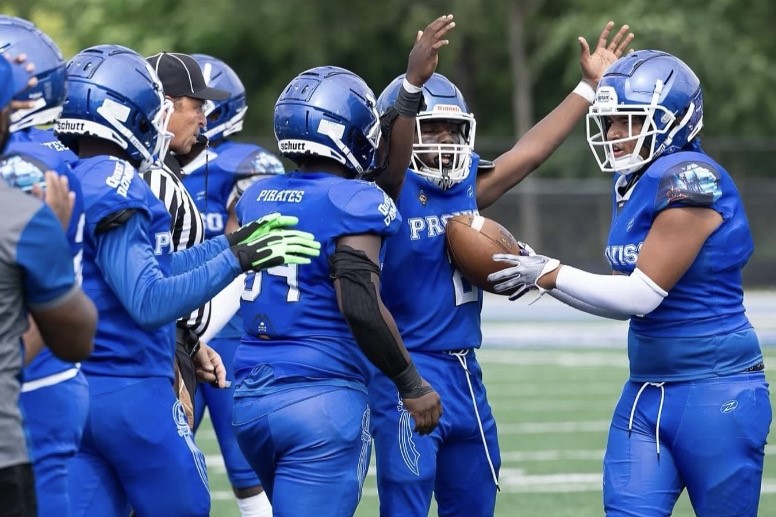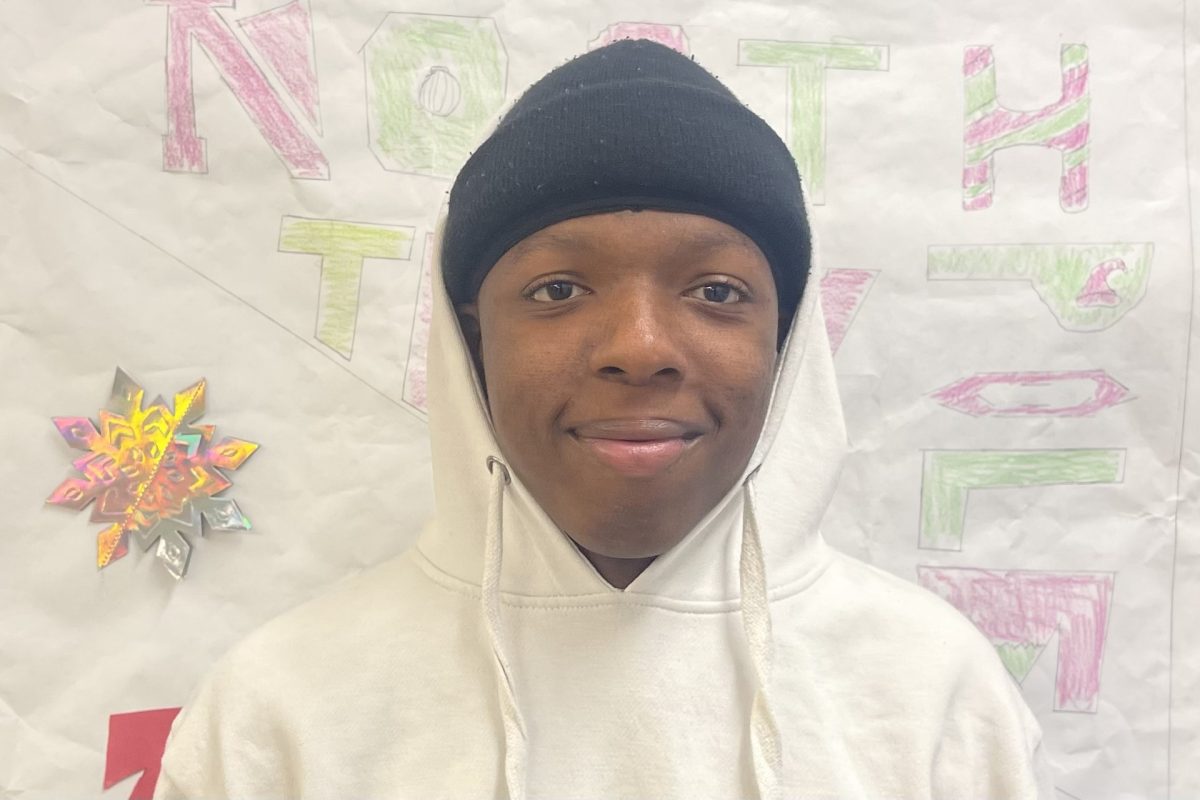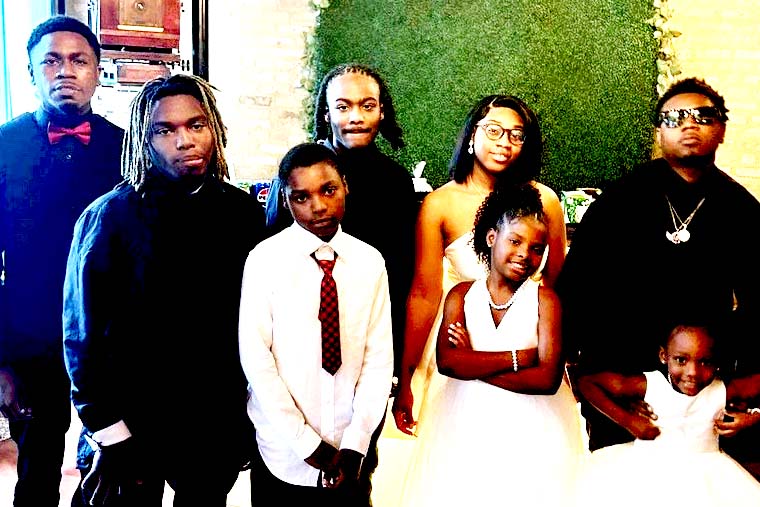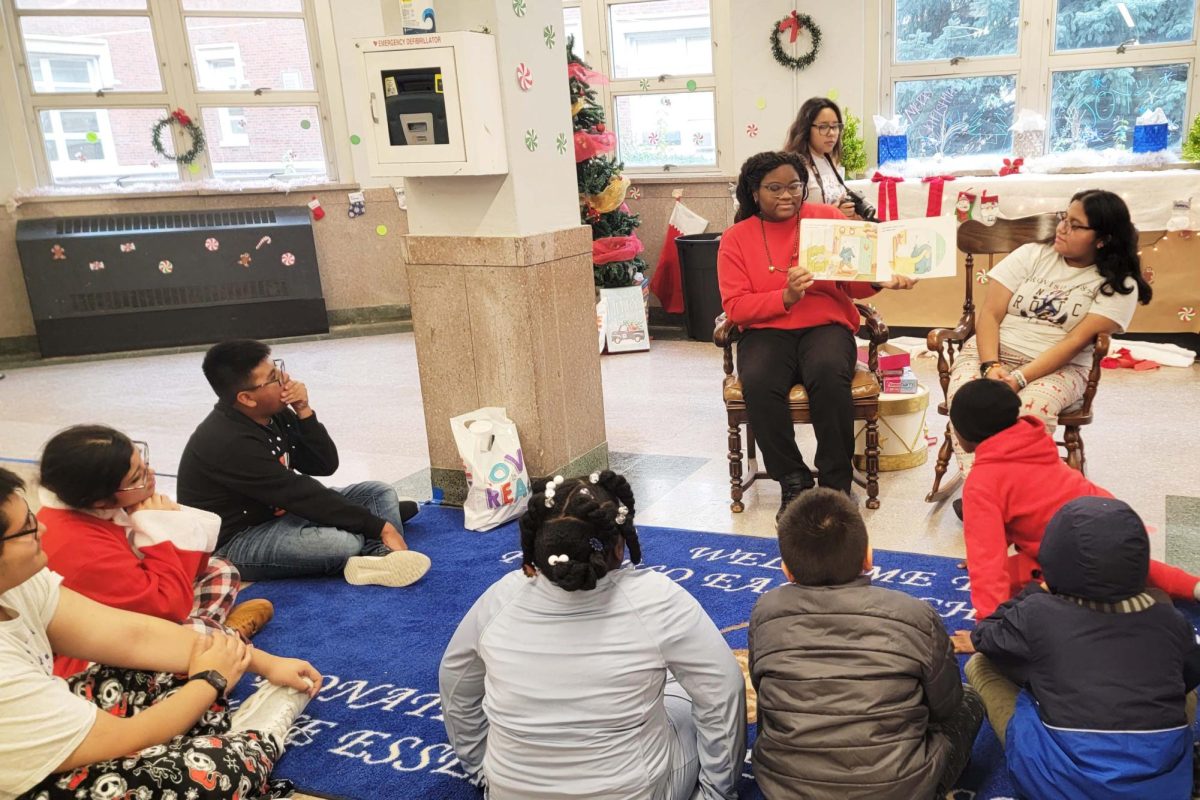In schools across the country, students are urged to accomplish more than ever. With GPA anxiety, college applications, and the carefully constructed life of social media, success is expected—but failure is not discussed. Failure is a natural part of learning, but students conceal it, and the silence might be hurting more than the actual failure.
Students like Jennie (names have been changed for anonymity), a sophomore at a high school, have had the experience firsthand. After getting an A on a test in chemistry, she chose to downplay her work. “I lied and told them I didn’t study,” she admitted. “But I did, actually. I just didn’t want people to think I was stupid.”
Jennie’s experience is not unusual. Most students fear being judged so intensely that they’d almost rather just act like everything’s fine than describe how bad things are. Success is always required, so even small failures are too embarrassing to discuss.

James, a junior, had the same experience. “Even when I failed, I smiled like no big deal,” he explained. “Everyone’s just pretending like everything’s okay.”
But that silence has a price tag. Students stop raising questions, avoid taking intellectual risks, and internalize their challenges. The danger of being seen as weak is greater than the desire to grow.
“Students who fear failure will no longer ask questions,” said Mrs. Gomez, a high school history teacher. “They’d rather be confused than risk looking silly.” She sees this fear in her classroom often—and believes it’s hurting students more than they realize.
To encourage students to rethink failure, Gomez, initiated a “Failure Wall” where students can anonymously share failures and what they learned from each. “It’s small,” she said, “but it’s mighty. It reminds children they’re not alone—and that learning occurs by trial and error.
She also preempts her own failures as a way to learn about vulnerability. “I failed my driver’s test on the first attempt,” she recalled. “When I told this to my students, they became calm. It reminded them that adults too fail and bounce back.”
The psychological price of hiding failure is real. Jennie explained how, when she failed a test, she did not tell anyone. “I didn’t want my parents or my friends to know. But then I kept thinking about it for days, and it just made everything worse,” she said.
When James finally admitted to failing his driver’s test, he expected ridicule. Instead, his classmates listed their own failures. “It actually brought us together,” he said.
This type of openness can lead to connection instead of shame. But in most schools, the message that students receive is: don’t mess up—and if you do, keep quiet.
Mrs. Gomez believes the system needs to be restarted. “We’ve taught kids that if they fail, they’re not good enough,” she said. “But failure is how you learn. It’s how I learned.”
Some schools are beginning to turn that mentality around—giving students do-overs, second chances, and emphasizing reflection over punishment. Educators are also learning to become more open in their own learning curves, constructing classrooms centered on growth instead of perfection.
“If students feel comfortable to fail,” Gomez said, “they’ll feel comfortable to try. And that’s what we really want—students who try.”
Jennie’s vision is different today. “I wish someone would have told me it’s all right to fail,” she stated. “I would’ve been less fearful.”.
For most of us, failure isn’t the problem—it’s the silence that follows. When we talk about failure, it becomes something we can learn from. And in a society that so prizes being perfect, maybe telling the truth about our failures is the bravest thing we can do.



